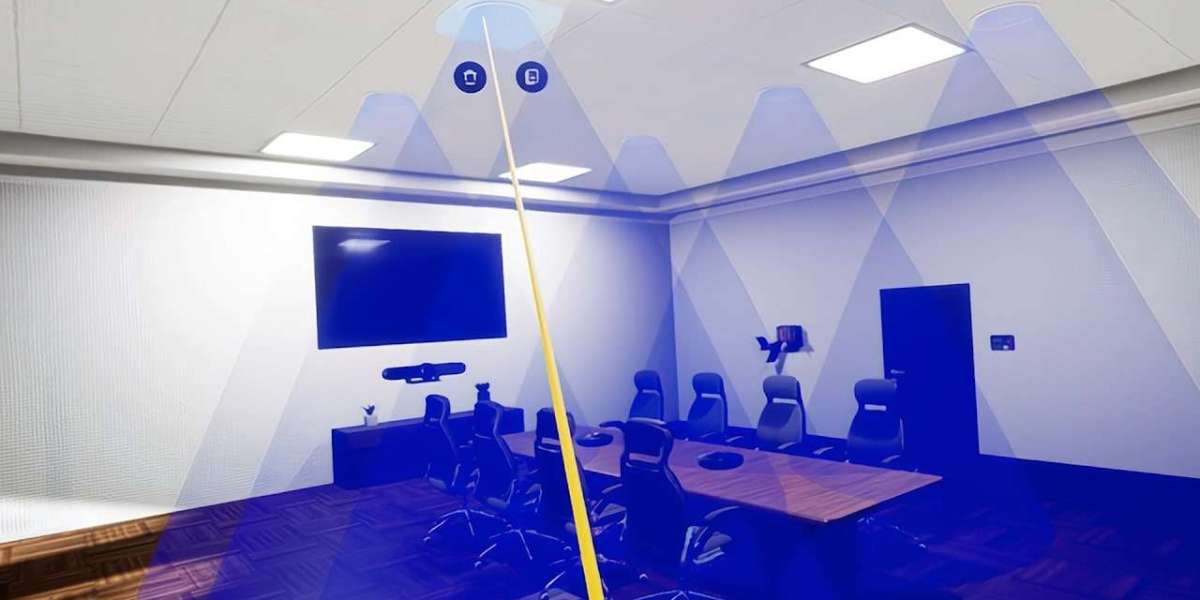Choosing the right type of ceiling speaker is a crucial decision for anyone building a home theater or multi-room audio system. One of the most common debates is whether angled tweeter speakers or fixed ceiling speakers deliver better sound quality. Each design has its advantages and limitations, and understanding the differences can help you make an informed choice that fits your room, audio goals, and budget.
This blog explores the key differences between angled tweeter and fixed ceiling speakers, how they affect audio performance, and the role of proper Ceiling Speaker Placement in achieving the best results.
Understanding Angled Tweeter Ceiling Speakers
Angled tweeter ceiling speakers are designed to redirect high-frequency sound toward the listening area. Unlike fixed speakers, which point straight down, angled models allow the tweeter to be aimed at the primary seating position, improving clarity and imaging.
These speakers are particularly useful in rooms where the ceiling is high, vaulted, or sloped. By adjusting the tweeter angle, you can ensure that the sound reaches your ears directly rather than bouncing off the ceiling or walls, reducing reflections and common ceiling speaker sound issues.
Angled tweeter models are ideal for surround sound placement and Dolby Atmos setups, as they can direct overhead effects accurately into the listening area. This flexibility is especially beneficial in small room setups or spaces with multiple seating positions, where fixed ceiling speakers might not provide even coverage.
Understanding Fixed Ceiling Speakers
Fixed ceiling speakers point straight down from the ceiling and have a consistent dispersion pattern. They are simpler in design, generally less expensive, and easier to install than angled tweeter models.
These speakers are often preferred in rooms with standard flat ceilings and central listening positions. Fixed speakers provide reliable sound coverage for background music or general audio, and their straightforward design reduces installation complexity.
However, in rooms with high ceilings, sloped ceilings, or uneven seating arrangements, fixed speakers may struggle to deliver precise imaging and clarity. They rely on natural sound dispersion, which can cause high frequencies to reflect off surfaces and create subtle ceiling speaker sound issues.
Comparing Sound Quality
The main advantage of angled tweeter speakers is their ability to direct high-frequency sound toward the listener. This improves detail, clarity, and the sense of depth in music and movies. Angled tweeters are particularly effective in home theater setups where precise audio imaging is essential.
Fixed ceiling speakers provide a broader, more uniform sound pattern. While they are excellent for ambient music and multi-room audio, they may lack the precision needed for critical listening or immersive surround sound experiences.
In systems where ceiling speakers are part of a ceiling speaker 5.1 or Dolby Atmos configuration, angled tweeter models often outperform fixed models because they allow for precise sound placement above the listener.
Ceiling Speaker Placement Considerations
Regardless of speaker type, proper Ceiling Speaker Placement is essential. Angled tweeter speakers provide flexibility in positioning, allowing you to place them slightly off-center and still aim the sound accurately toward the listening area.
Fixed speakers require more careful alignment. Ideally, they should be installed above the main seating position to ensure the sound reaches listeners directly. Improper placement can result in weak imaging, uneven coverage, or ceiling speaker sound issues where sound seems disconnected from the room.
For rooms with vaulted or sloped ceilings, angled tweeter speakers can be aimed to compensate for the angle, while fixed speakers may need additional acoustic treatment or adjustments to achieve similar results.
Installation and Cost
Angled tweeter ceiling speakers tend to be slightly more complex to install. You need to consider the angle and direction of the tweeter, and adjustments may be necessary after initial testing. They are also typically more expensive due to the additional engineering and flexibility they provide.
Fixed ceiling speakers are easier to install and more cost-effective. They are a good choice for standard ceilings, straightforward layouts, or when budget constraints are a consideration. Installation is usually as simple as cutting the hole, wiring, and mounting the speaker flush with the ceiling.
Room Acoustics and Usage
The choice between angled tweeter and fixed ceiling speakers also depends on room acoustics and intended use.
High ceilings: Angled tweeter speakers are preferable because they can direct sound down to the listening area, preventing loss of high-frequency detail.
Flat ceilings: Fixed ceiling speakers can work very well and may provide sufficient coverage without the need for angled adjustments.
Multi-seat setups: Angled tweeters allow each listening position to receive accurate sound, whereas fixed speakers may create dead zones or uneven coverage.
Home theater: Angled tweeter speakers are ideal for Dolby Atmos ceiling placement, delivering precise overhead effects.
Background music or general audio: Fixed ceiling speakers often provide adequate coverage with simpler installation.
Final Thoughts
Choosing between angled tweeter and fixed ceiling speakers comes down to your room layout, ceiling type, and listening preferences. Angled tweeter models offer superior clarity, imaging, and flexibility, making them ideal for home theaters, small room setups, or spaces with vaulted or sloped ceilings. Fixed ceiling speakers are simpler, cost-effective, and work well for standard ceilings or background audio applications.
No matter which type you choose, proper Ceiling Speaker Placement is critical. Even the best speakers cannot perform optimally if they are poorly positioned. Using professional AV planning tools like XTEN-AV can help visualize speaker placement, simulate audio performance, and ensure that your ceiling speakers deliver balanced, immersive sound throughout the room.
Ultimately, the right choice depends on balancing installation constraints, budget, and your desire for audio precision. With careful planning and thoughtful placement, both angled tweeter and fixed ceiling speakers can create an exceptional listening experience that transforms your space into a fully immersive audio environment.
Read more: https://ivebo.co.uk/read-blog/186794














